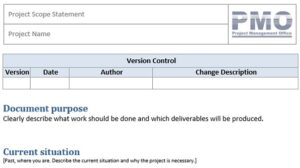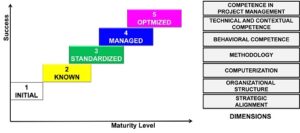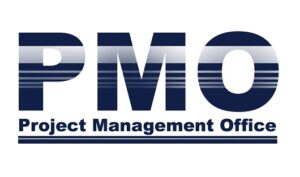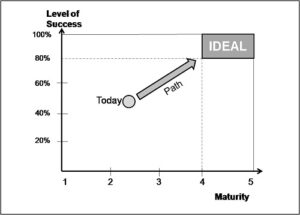Maturity in Project Management Series[1]
By Russell D. Archibald & Darci Prado
This is the third of a series of articles on PPPMM.
Foundations of the Prado-PM Maturity Model
The Prado-PM Maturity Model (Prado-PMMM) was launched in December 2002 and reflects forty years of experience on the subject by Darci Prado within IBM and two large, Brazilian international consulting firms: INDG and FALCONI. The initial goal was to create a simple and easy to use model that provides reliable results. Since 2002 it has been used by hundreds of Brazilian organizations and others in Italy, Spain, Portugal and the USA, and the results obtained are consistent with expectations, and with what have been obtained with a thorough, much more lengthy diagnosis. This model has also been used since 2005 in a maturity survey conducted in Brazil by Darci Prado and Russell Archibald [1]. This same survey was conducted in Italy in 2010.
1 – Focus of the Model: Departmental
The Prado-PMMM model should be applied to individual departments of an organization, such as engineering, information technology, product development, etc. So it is a departmental model and not a “organizational type model” in which the focus is on the organization as a whole.
In departments that the model is applied there usually exists a portfolio of projects whose content is renewed periodically (typically annually), and where we usually have a PMO (Project Management Office). The projects in this portfolio are usually linked to the mission of the department, such as in the following examples:
- The department of engineering, construction and installation of a mining company with the charge of planning and implementing the expansion or improvements in the field equipment and facilities of the company;
- The computer department of a bank, tasked to develop, acquire and install computer applications across the enterprise;
- The Research & Development department of a steel industry, tasked with creating new uses for the company’s products;
- The New Product Development department of a beverage company, in charge of developing new products for the company;
- A department of a large real estate construction company in charge of residential and commercial building construction in a particular city;
- A projectized department of a food factory, in charge of designing and building a new plant (green-field).
Thus, the Prado-PMMM model should be applied separately to each department of the same organization. Then we can typically find a situation in which an organization has departments with different levels of maturity. Eventually, it may happen that an organization is at level 2 in the computer department, at level 3 in engineering and at level 4 in the development of new products department. Repeating:
|
The Prado-PMMM should be applied separately within each department of one organization. |
It remains to add that the model was designed to be universal, ie, it must work well for any type of organization and any category of projects.
2 – Basic Characteristics of the Model: Results Orientation
The model was created to honor the practice, or rather the practical experience and results achievement. It is currently in version 2, and since its inception the model has gone through successive cycles of continuous improvement. Throughout its evolution the author always tried to align its content with the thoughts of leading world authorities in management. Two of them were of fundamental importance:

|
“Management is not a science, it is not an art; it is a practice, like medicine” Peter Drucker [2]. |
Peter Drucker is considered the father of modern management and its teachings are used by professionals around the world. He wrote 30 revolutionary books on the topic. Drucker sought, identified and examined the most important issues confronting managers, from corporate strategy to management style and social changes.
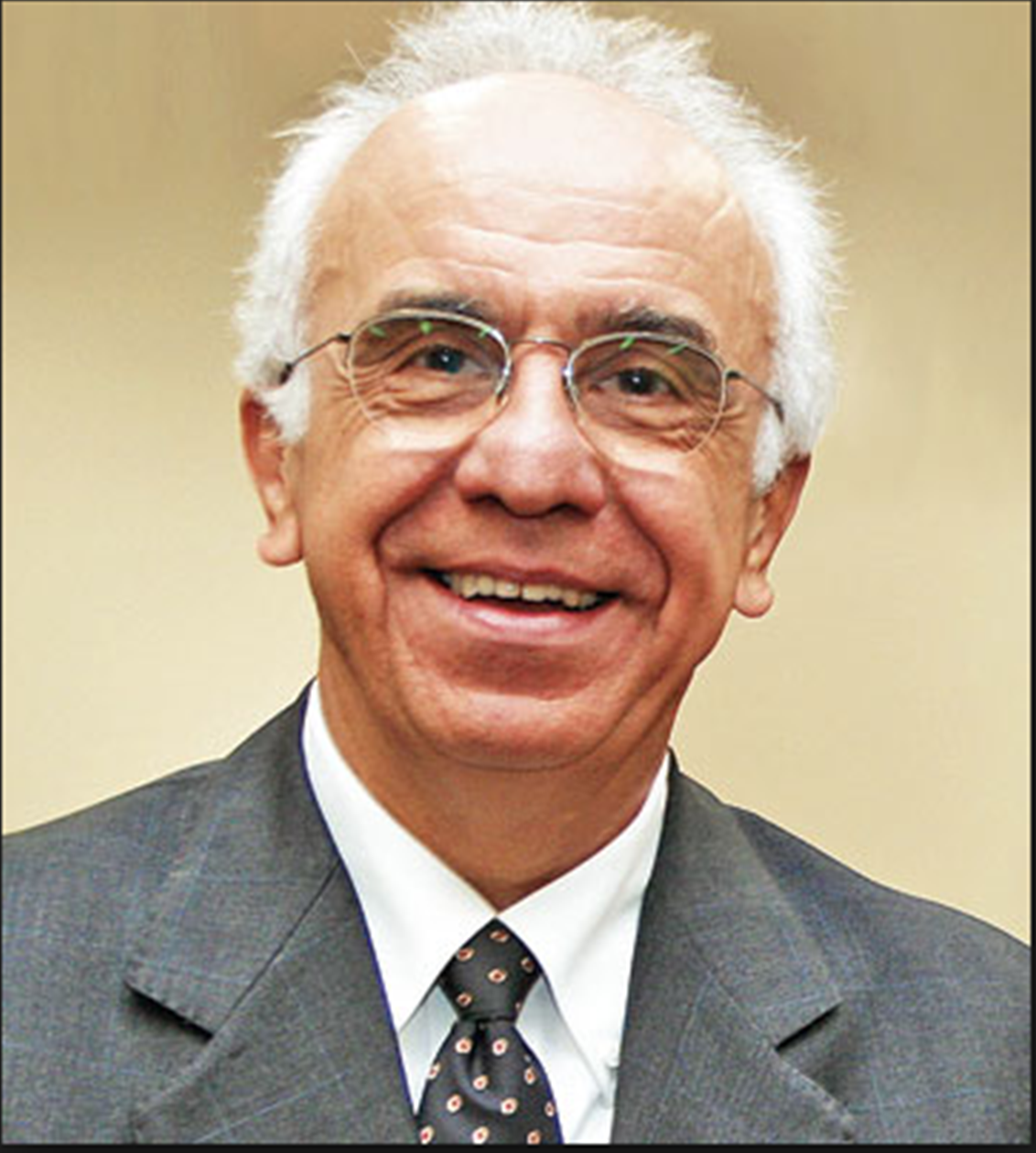
|
“To manage is to reach targets” Vicente Falconi [3]. |
Vicente Falconi is a respected Brazilian consultant, founder of the consulting firm Falconi that has provided services to hundreds of Brazilian organizations and also has global operations. It is recognized by the American Society for Quality as “One of the 21 voices of the 21st Century.” He has published six books in the field of Business Management which have sold over a million of copies.
The expected consequence of this results oriented characteristic is that high performance departments should obtain high levels of maturity; or, on the other hand, a high maturity value department should also have a high performance. This is shown in Figure 1.
This aspect has already been tested in several studies and surveys made ??in Brazil. As we shall see in later articles in this series, the research conducted in Brazil by the site www.maturityresearch.com [1] using this model allowed carrying crosses that showed that:
- There is a positive relationship between maturity and overall success;
- There is a negative relationship between maturity and failure;
- There is a negative relationship between maturity and delay;
- There is a negative relationship between maturity and overrun costs;
- This is a positive relationship between maturity and the perception, by senior management, of PM value addition.
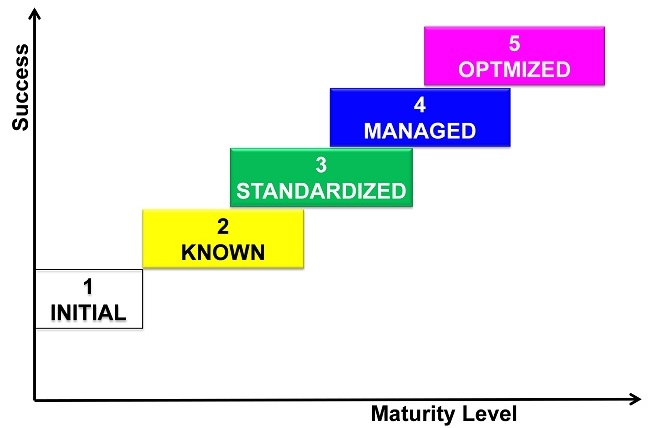
Figure 1. Maturity and Success expected relationship.
3 – Guidelines Used in Model Creation
The model was built to reflect how good project management is within a particular department. We believe that the implementation of an efficient management approach that is capable of evolution needs to be supported on solid principles. Or put in other words, that to assure that the governance of projects always evolves all of the following are necessary:
1. Existence and use of best practices for PM;
2. Eliminating the causes of anomalies;
3. Continuous Improvement;
4. Continuous technological and processes innovation.
5. Sustainability.
Each of these five topics is discussed in the following sections. However, these principles are not applied at full strength at all times of the evolution, as we will see later in the description of maturity levels.
3.1 – Use of Good PM Practices
The main guideline used to create the content of the model is that it should be aligned with the best practices of PM. Knowledge of Portfolio, Program and Project Management that is used to create good PM practices, is presented in books from several authors and in standards from organizations such as PMI, IPMA, OGC, ISO, etc. Of course, there must be a documentation of those practices, but it is also necessary that they be used and improved. An inert set of existing rules in a binder, a methodology or software installed on the computer network, books but not actually used does not constitute a set of good practices because they were not continually used by the main stakeholders and improved to overcome the of day-to day difficulties. It is with the maturation of the practices that arise good practices and then we have a good governance.
|
“It is said that there is good governance in a given scenario when the right decisions are taken at the right time by the right person, producing the right and expected results”. [4] |
In general, the above standards address aspects such as processes, flows, organizational structure, etc. For example, Figure 2 shows the processes and areas of knowledge according to PMI PMBOK standard [5].

Figure 2. Processes and knowledge areas according to the PMBOK [5].
The use of good practices was used in the creation of level 3 of the maturity model.
3.2 – Elimination of Causes of Anomalies
We understand that the PM good practices of a department are those that produce results. To get good results all the time is not easy since there are several factors that contribute to failure. To ensure the best outcome indicators, there should be an effort to prevent anomalies from occurring, and this is crucial for the evolution to maturity level 4. To do so, you must:
- Collect data from project performance (success, delay, cost overrun, adherence to initial scope, etc.);
- Analyze the data (Pareto, etc.);
- Identify the main causes of anomalies;
- Eliminate (or mitigate) the manageable causes.
3.3 – Continuous Improvement
As we said earlier, it is from the maturation of the practices that arise good practices and we move forward to have good project governance. The establishment of continuous improvement rituals contributes to improve and optimize practices, involving both processes and products.
This criterion was used to construct maturity levels 4 and 5.
3.4 – Technological and Process Innovation
Another key aspect for the evolution is innovation, especially if you want to reach maturity level 5. It is through innovation that occur great leaps in productivity allowing optimization of products and processes.
3.5 – Sustainability
The questions of the questionnaire model require that, after implementing some aspect of management, the new scenario should practiced by all concerned for a minimum period of time before it is accepted as being consolidated. The time spans are as follows:
|
Level |
Time Span |
|
2 |
Duration 12 months |
|
3 |
Duration 12 months |
|
4 |
Duration 24 months |
|
5 |
Duration 24 months |
For example, consider the question of methodology from level 3. Not only initially implementing a methodology would be considered as having a methodology in place. For that occur, the methodology should be in routine use by the leading players for at least 12 months.
4 – Scope of the Model
Initially we must inform you that the model was created to cover finalistics processes and not only the processes of project management. On the other hand, we said earlier that one of the guidelines of the model is to identify and eliminate (or mitigate) the offenders to success. To achieve this result we must act both on finalistics processes and support processes.
4.1 – Finalistics Processess
The forty questionnaire questions that are at the core of the maturity model address the entire cycle of product creation (good, service, or result), ie the Finalistics Processes. One might also call them `deliverables processes.´ These processes take on particular characteristics depending on the origin of the project portfolio, which also links to the type of organization, as well as the nature of the good, service or result to be delivered. Thus, as shown in Figure 3, the projects can originate from the following sources:
- Strategic Planning;
- Interaction with customers.
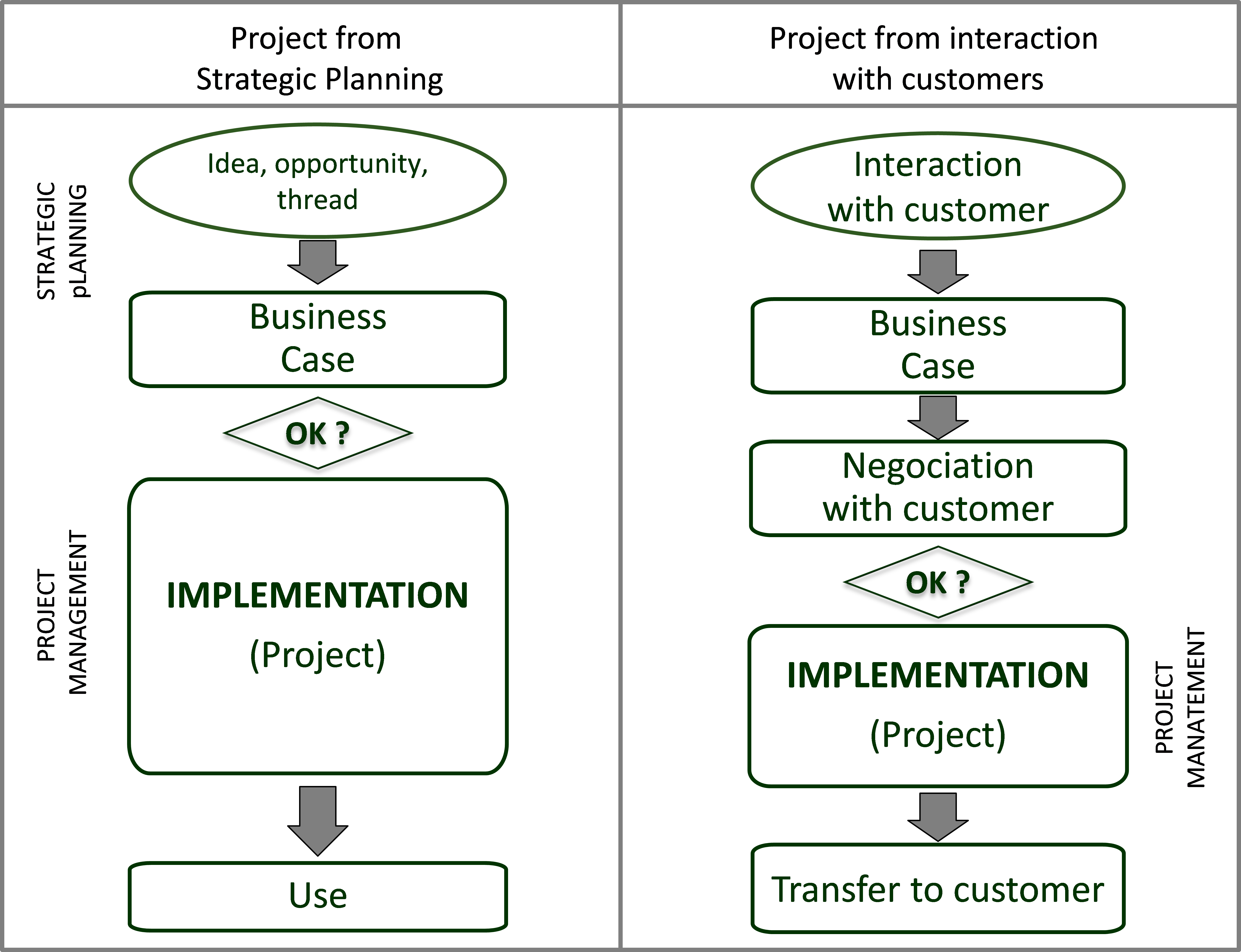
Figure 3: Finalistics Processes.
The processes shown in Figure 3 are called finalistics because they are directly related to obtaining the final product (good, service or result). The Prado-PMMM model includes both options of Figure 3, which incorporates:
- Strategic Management
- Portfolio Management
- Program Management
- Project Management
- Transfer to usage of the project results
The model devotes close attention to the implementation stage, as shown in Figure 3. It is in this stage that we have Project Management, consisting of (Figure 4):
- Product Management (or Technical Management)
- Work Management (in which there is applied PM knowledge, as provided in PMBOK). PMI calls this part Project Management.
The model addresses both aspects and dedicates a strong emphasis on Work Management.
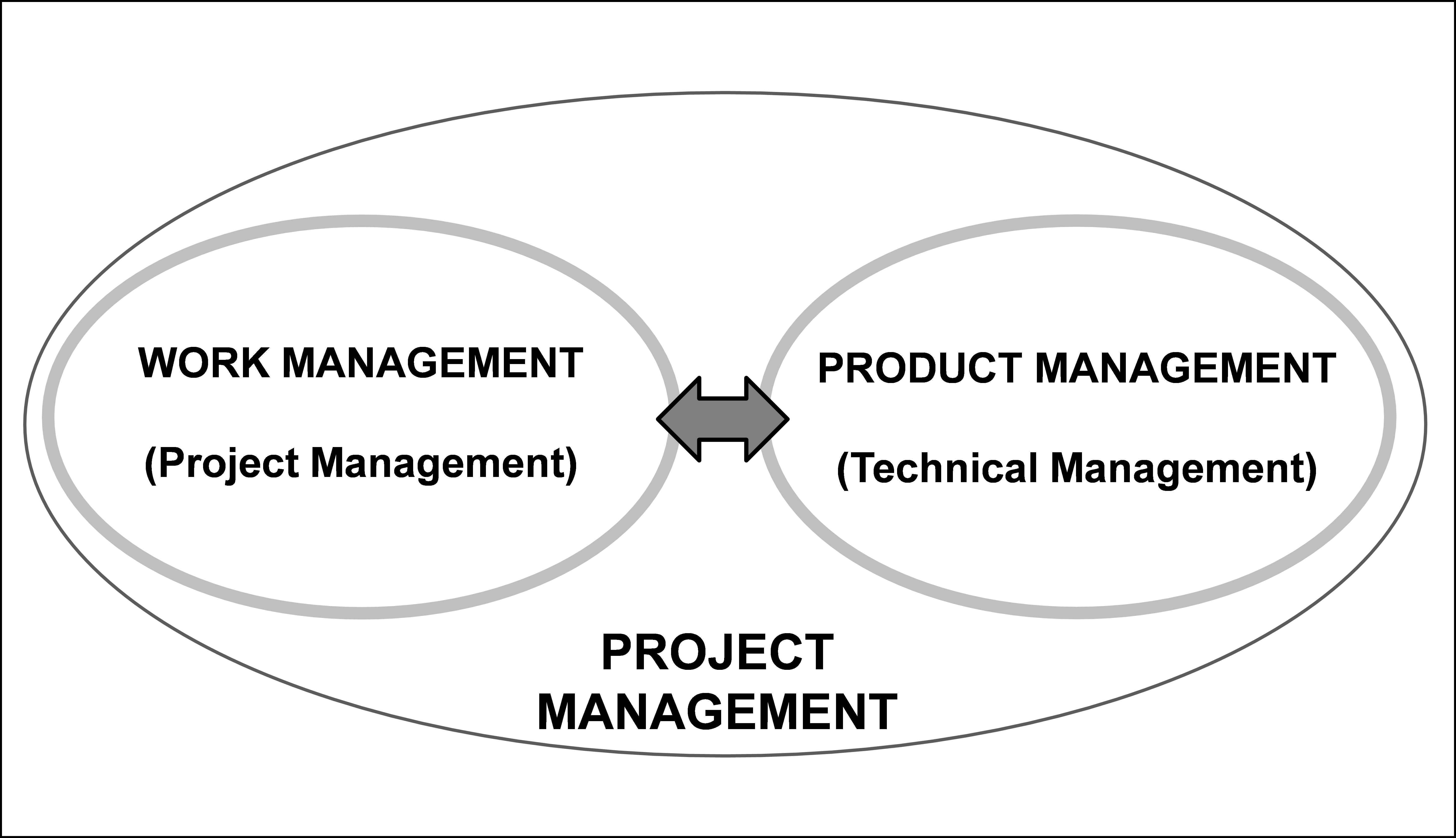
Figure 4: Components of Project Management
4.2 – Support Processes
The model was designed to have a close link with success and, for this, several questions in the questionnaire are to determine whether the causes of anomalies were identified and eliminated or mitigated. The anomalies can be located at various points of both the Finalistics Processes and the Support ones. In Figure 5 we show a hypothetical example of areas that provide services to finalistics processes, in the case of a portfolio derived from Strategic Planning. We call the processes performed by these areas as Support Processes. These areas are also called interfaces.
The work in the interfaces in order to eliminate anomalies generally is not a function of the team involved with the project management (for instance, PMO). But it is the responsibility of this team to point out the interface areas that are negatively acting on the success of projects
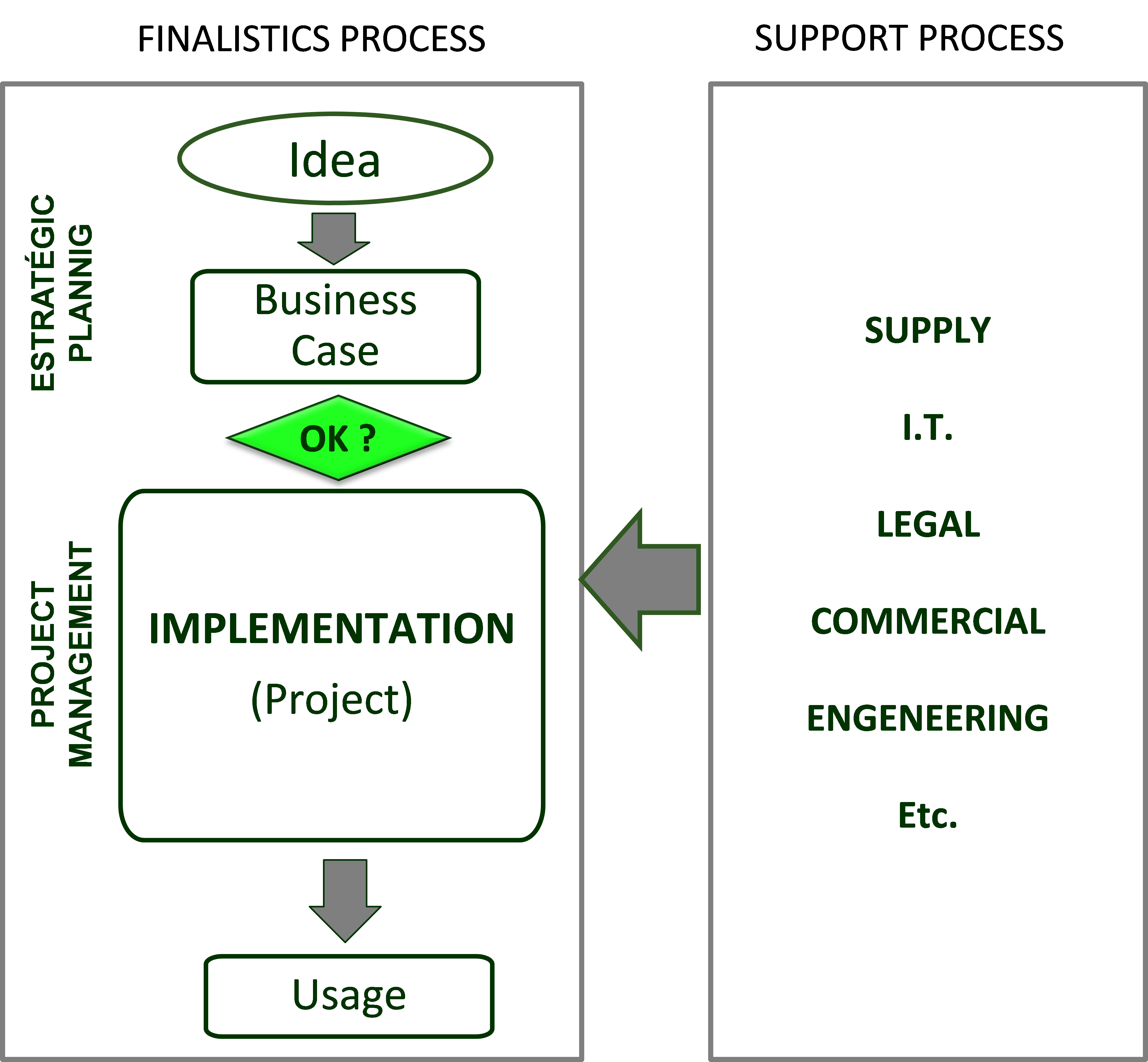
Figure 5: Anomalies elimination: finalistics processes and support processes
5 – Model Internals: Dimensions and Levels
The model proposes that there are five levels and seven dimensions for maturity assessment. Each level can contain up to seven dimensions of maturity at different intensities and peculiarities
5.1 – Dimensions
The seven dimensions are the following:
- Competence in Project and Program Management
- Competence in Technical and Contextual Aspects
- Behavioral Competence
- Methodology usage
- Computerization
- Usage of the convenient Organizational Structure
- Strategic Alignment
The seven dimensions form the PM Platform (Figure 6):

Figure 6: The Seven Dimensions of Maturity (PM Platform).
Project and Program Management Competence:
The key people involved with project management must be competent (knowledge + experience) on aspects of project management, such as, for example, presented in the PMI PMBOK manual or the ICB IPMA manual. The required level of competence depends on the function performed by each one.
Technical and Contextual Competence:
The key people involved with project management must be competent (knowledge + experience) in technical aspects of the product (good, service or result) being created, as well as on aspects of the organization (finance, its productive/ distributive model, its business, etc.). The required level of competence depends on the function performed by each one.
Behavioral Competence:
The key people involved with project management must be competent (knowledge + experience) on behavioral aspects (leadership, organization, motivation, negotiation, etc.). The required level of competence depends on the function performed by each one.
Methodology Usage
There should be a suitable project management methodology that involves the entire cycle that needs to be followed. Eventually this means not only the Implementation phase, but also the Business Case phase.
Computerization
The relevant aspects of the methodology should be computerized and the system must be easy to use and allow for making the right decisions at the right time. Eventually the whole cycle that starts at the idea or need should be computerized.
Strategic Alignment
The projects implemented in the department should be in full alignment with the organization’s strategies. The processes in question (portfolio management) should be executed with quality and necessary agility. There should be computerized tools and an appropriate organizational structure.
Organizational Structure
A suitable organizational structure must be used, both for the Business Case stage and for the Implementation stage. For the case of the Implementation stage, this structure usually involves project managers, PMO, sponsor and committees. The Organizational Structure shall define functions and rules, and also regulate the relationship of authority and power between project managers and the various areas of the organization involved with projects.
5.2 – Levels of Maturity
The five levels of maturity are the following:
- Level 1 – Initial (ad hoc)
- Level 2 – Known
- Level 3 – Standardized
- Level 4 – Managed
- Level 5 – Optimized
Level 1:
The company does not have a correct perception of what projects and project management are. Projects are executed on the basis of intuition, “goodwill” or “best individual effort”. Usually there is no planning, and control is always nonexistent. There are no standardized procedures. The success is the result of individual effort or luck.
Level 2:
This level represents the awakening to the subject of PM. Its main features are:
- Introductory knowledge of Project Management.
- Introductory use of tools (software) for activities sequencing.
- Isolated initiatives for planning and control of some projects.
- Each professional works in its own way, as the consequence of the lack of a standardized platform for PM, consisting of processes, tools, organizational structure, etc.
- Is the awakening of an awareness of the importance of implementing each of the components of a project management platform.
Level 3:
This level represents the situation where a PM platform has been implemented. Its main features are:
- Existence of a standardized platform for PM (see Figure 6 above).
- The platform is in use by the leading players for over one year.
- Use of baseline and performance measurement.
- Data capture of anomalies that impact project results (delays, cost overruns, etc.).
- Evolution in skills.
Level 4:
This level represents the situation where the PM platform really works and gives results. Its main features are:
- Elimination (or mitigation) of manageable anomalies that hinder project outcomes.
- Professionals consistently demonstrate a high level of competence.
- The results of the area (success rate, delay, etc.) are consistent with that expected for the maturity level 4.
Level 5:
This level represents the situation in which the PM platform not only works and gives results as was also optimized by the practice of continuous improvement and technological and processes innovation. Its main features are:
- Optimization of processes and tools.
- Optimization of results (time, cost, scope, quality, performance, etc.).
- Highest level of success.
- Efficiency in the environment and work climate, high productivity and low stress.
- High recognition of the competence of the area, which is seen as a benchmark.
6 – Model Components
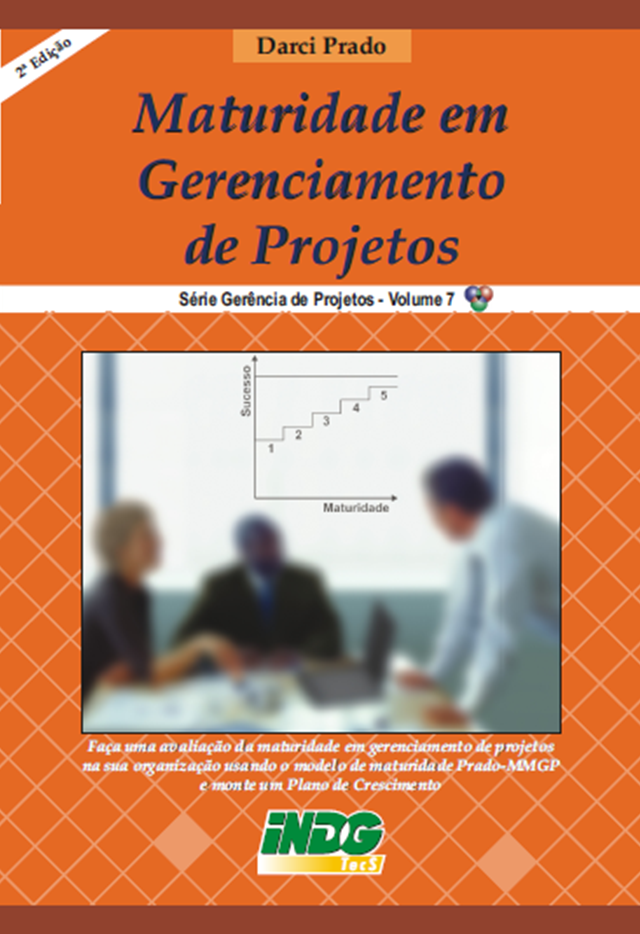 The model consists of a questionnaire and guidelines to make a diagnosis and create a plan for growth, as shown in Figure 7. All necessary information can be found in the book “Maturity in Project Management” [5]. This book is the second edition and also has an edition in Italian. There are plans to publish the book in English.
The model consists of a questionnaire and guidelines to make a diagnosis and create a plan for growth, as shown in Figure 7. All necessary information can be found in the book “Maturity in Project Management” [5]. This book is the second edition and also has an edition in Italian. There are plans to publish the book in English.

Figure 7: Components of Prado-PMMM model.
The most visible part of the model is a questionnaire with 40 questions[2], but the following components are equally important:
- Guidelines to make a Diagnosis;
- Guidelines to create a Growing (or Improvement) Plan.
The Diagnosis allows deepening the understanding of the current status and the causes of weaknesses found within the department. It is critical for booting the other component: Growth Plan.
Guidelines to mount the Growth Plan are created to address the desired evolution in maturity as a project, with all the peculiarities that such a project has, together with those of its management.
7 – The PM Maturity Research
As previously stated, a PM maturity survey has been conducted since 2005 in Brazil by the site www.maturityresearch.com site, coordinated by Darci Prado and Russell Archibald. In this research the participant responds to two separate and independent questionnaires:
- Questionnaire (40 questions) for maturity evaluation:
- Questionnaire (28 questions) to identify the characteristics of the organization and inform the assessor about the department project performance indicators (project and product success, delays, cost overrun, scope adherence, etc.)[3].
In the evaluation of the research results there is a cross between the responses of the two questionnaires. In the future articles of this series, we will provide an analysis of such results. By way of introduction to the topic, we show below a summary of key indicators obtained in the 2012 survey which included 434 organizations and 8,680 projects:
Maturity:
- Maturity(overall average): 2.60 (scale 1 to 5)
Performance Indicators (overall averages):
- Success Index:
- Total Success: 49.7%
- Partial Success: 35.2%
- Failure: 15.1%
- Delay: 28%
- Cost Overrun: 15%
It is important to make the point that the research has shown that there is a strong relationship between maturity and success, i.e., the more mature the area is in the use of good PM practice, the better their performance indicators will be.
8 – Conclusions
We saw that the Prado-PMMM model is supported by strong fundamentals of management. It is easy to use and to interpret its results. Its usage in the maturity survey in Brazil since 2005 has demonstrated that the model is a reliable tool for evaluating the maturity and to make a realistic plan for growth in a department of an organization.
References
- www.maturityresearch.com
- Drucker, P. Movie Peter Drucker – An Intelectual Journey, HSM Management
- Falconi, V. True Power, Nova Lima, Editora Falconi, 2012, 140p.
- Adnams, S, Governança: Chegou a hora de desmistificar o conceito. Available in <http://cio.uol.com.br/gestao/999/12/31>. Accessed in 31-March-2010
- Project Management Institute, Standards Committee, A Guide To The Project Management Body of Knowledge, 5th Edition, 2012, PMI, USA, 285p.
- Prado, D. Maturidade em Gerenciamento de Projetos, 2nd Edition, Nova Lima, Editora Falconi, 2010, 210p.
[1] The Project Management Maturity series of articles by Russell Archibald & Prof Darci Prado is based on their extensive research on this topic in Brazil, the United States and other countries. Russ is one of the pioneers in the project management field and the originator of the Archibald Project Categorization Model. Darci is the developer of the Prado Project Management Maturity Model which has been successfully implemented by many organizations in Brazil. More about this model and related research can be found at http://www.maturityresearch.com/.
[2] There are 10 questions for each maturity level from Level 2 to 5. The questions can be found on the site www.maturityresearch.com by going to INFORMATION in the left side menu and then DOWNLOADS.
[3] These 28 questions can be found on the site www.maturityresearch.com by registering and then clicking on the “Start Evaluation” button. You can read all questions in both questionnaires there without actually giving answers to the questions. The corporate identity of organizations is not revealed in the study results.
This article has been published by PM World Journal at http://pmworldjournal.net/
About the Authors

Russell D. Archibald
San Miguel de Allende, Mexico
![]()
![]()
Russell D. Archibald: PhD (Hon) ESC-Lille (Fr), MSc (U of Texas) & BS (U of Missouri) Mechanical Engineering, PMP, Fellow PMI and Honorary Fellow APM/IPMA (member of the Board of IPMA/INTERNET 1974-83), held engineering and executive positions in aerospace, petroleum, telecommunications, and automotive industries in the USA, France, Mexico and Venezuela (1948-1982). Russ also had 9 years of active duty as a pilot officer with the U.S. Army Air Corps (1943-46) and as a Senior Pilot and Project Engineer with the U. S. Air Force (1951-58.) Since 1982 he has consulted to companies, agencies and development banks in 16 countries on 4 continents, and has taught project management principles and practices to thousands of managers and specialists around the world. He is co-author (with Shane Archibald) of Leading and Managing Innovation: What Every Executive Team Must Know About Project, Program, and Portfolio Management (2013); author of Managing High-Technology Programs and Projects (3rd Edition 2003), also published in Russian, Italian, and Chinese; other books (in English, Italian, Japanese, and Hungarian); and many papers on project management. Web-site: http://russarchibald.com E-mail: russell_archibald@yahoo.com

Darci Prado, PhD
Minas Gerais, Brazil
![]()
Darci Prado is a consultant and partner of INDG in Brazil. He is an engineer, with graduate studies in Economical Engineering at UCMG and PhD in Project Management from UNICAMP, Brazil. He has worked for IBM for 25 years and with UFMG Engineering School for 32 years. He holds the IPMA Level B Certification. He was one of the founders of Minas Gerais State and Parana State PMI chapters, and he was member of Board Directors of Minas Gerais State PMI chapter during 1998-2002 and member of the Consulting Board during 2003-2009. He was also the president of IPMA Minas Gerais State chapter during 2006-2008. He is conducting a Project Management maturity research in Brazil, Italy, Spain and Portugal together with Russell Archibald. He is author of nine books on project management and is also author of a methodology, a software application, and a maturity model for project management. Darci can be contacted at darciprado@uol.com.br

